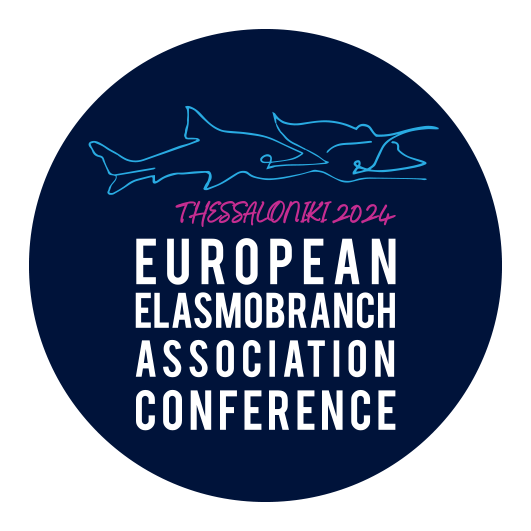
The Natura 2000 site: Notia Nisyros kai Strongyli, Ifaistiako Pedio kai Paraktia Thalassia Zoni (GR4210007) with two active volcanos in the islands of Nisyros and Stroggili is situated in the southern Aegean Sea near Kos, and includes the islands of Nisyros, Gyali, Stroggili, Pachia and Pergoussa. According to the Natura 2000 Standard Data Form (SDF), Posidonia beds cover 20.7 km², accounting for 11% of the total area. An allegedly sea turtle nesting area, an “Important Marine Mammal Area” (IMMA) and an important fishing ground, the Natura 2000 site makes an essential research location.

Name: Nisyros, Gyali and surrounding islands
Natura2000 site code: GR4210007
Location: South Aegean Sea
Coverage: 29.7 km²
Key traits of the area:




iSea, through an ongoing project in Kos Island, has confirmed the presence of Critically Endangered (CR) rays (i.e., Aetomylaeus bovinus, Gymnura altavela) and more rarely the two species of Guitarfish, while the area has recent records of angel sharks Squatina spp. Two mines operate in the island of Gyali one for perlite and one for pumice stone, making them the only big scale anthropogenic pressure in the area with a yield of more than 1,000,000 tons of pumice annually. It is worth mentioning that the island belongs in “landscapes of special natural beauty”, yet there are concerns on the rate of mining on the island. The impact of these activities on Posidonia oceanica meadows has not been assessed before, and no mapping effort has been reported for the island of Gyali. To complete the vision of its protection and conservation, iSea visited the site in 2022 to record the marine biodiversity, the ichthyofaunal biomass and the conservation status of P. oceanica, map the meadows and estimate its blue carbon potential, while also partnering with local and national key stakeholders to advocate the adoption of management measures in the area.





The meadows in Nisyros cover 3.55 km², and for Gyali, Stroggili and Pergoussa, where there was no formal mapping prior to this study showing that P. oceanica meadows exist, it appears that the Posidonia meadows cover 1.20 km², 0.035 km² and 0.56 km², respectively.




During the survey, 47 different marine organisms were recorded and identified, such as marine phanerogams (other than P. oceanica) and seaweeds, sponges, echinoderms, and molluscs belonging in 13 different taxa of which 43 were identified in a species level.

The upper limit of the meadows differentiated depending on the site, starting at 2m in the east and 7m in the north. While the lower reached limit was recorded at 17m in the east and almost 30 m in the north. The Conservation Index (CI) for each site exceeded the value of 0.86, assigning the Posidonia meadows at the “maximum state of conservation” or in the “very good state” category. The quadrat survey showed a varying shoot density ranging from 180 to 365.

The total blue carbon sequestered in Posidonia meadows mapped in Nisyros and Gyali was estimated to be 12,230.90 MgC and 4,772.48 MgC in total or 39.88 MgC/ha and 39.77 MgC/ha accordingly.


Lastly, the results were provided in a report which was sent to the Ministry of Environment and Energy and shared with NECCA which is responsible for the protection and preservation of such types of sites.
You can find the project's report below:
Collaborators:
 |
 |
Funders:

